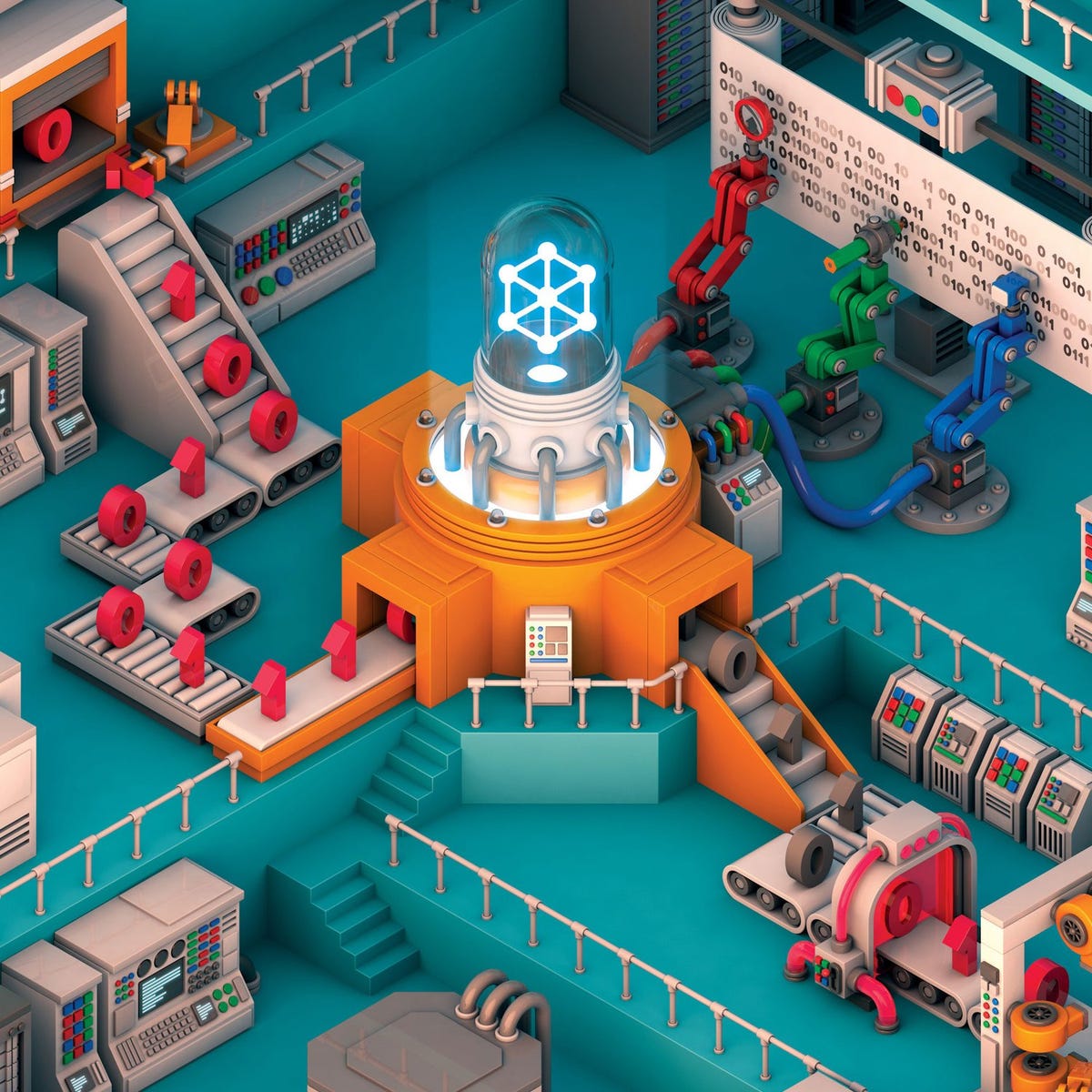How science gave us hope for the future in 2016
The world of science never sleeps, and this year saw some incredible breakthroughs. Here are some of our favourites that are going to make the world a better place.

Google's AI
Google's working on AI, and it's making some pretty fascinating headway. Last year we saw Deep Dream's crazy image recognition software. This year we saw DeepMind beat world Go champion Lee Sedol in four out of five matches, DeepMind outperform a professional lipreader, TensorFlow help track endangered manatees by spotting them in aerial photographs, artificial intelligence improve Google Translate, and WaveNet learn to produce sounds almost indistinguishable from human speech. We don't know what Google is planning to do with all this, but it's going to be fun finding out.

Juno reaches Jupiter
Next year, after 13 years providing us an unprecedented look at Saturn, orbiter Cassini's mission will come to an end. But there's a new project happening. This year, after five years in transit, Juno finally arrived in position in orbit around Jupiter, and will spend the next few years travelling around the gas giant sending us new information. We've already had photos from the first flyby that show us there's nothing else like Jupiter's north pole in the solar system. With 36 flybys to go, we're in for an awesome ride.
Gravitational waves exist!
THIS DISCOVERY DESERVES ALL CAPS. LOOK AT IT. GRAVITATIONAL WAVES ARE REAL. You know how radio telescopy changed astronomy and was able to detect stuff visible light telescopes couldn't? This is like that: a brand new era of space discovery. There's even been a second detection already. If you didn't bounce around in excitement in the wake of this announcement, you have a cold, dead heart.
Brain implants for paralysis
Some types of paralysis used to be a permanent condition, but thanks to recent breakthroughs in brain implant technology, there's hope for the future. Building on years of prior research, this year we saw a man paralysed from the neck down pick up a guitar and play Guitar Hero, thanks to a microelectrode array implanted in his motor cortex. And a woman with ALS was able, thanks to a groundbreaking at-home brain implant, to communicate via a computer. How inspiring is that?
Kepler keeps on giving
The search for extraterrestrial life is ongoing and may never yield results in our lifetime, but Kepler, originally slated for a 3.5-year mission, has now been hanging out in orbit around the sun looking for exoplanets for seven years, nine months and counting. The number of confirmed planets is 3,431 as of December 2016 -- a number swelled by the discovery of 1,284 confirmed planets in May 2016, and 104 in July 2016. This latter number may not seem high, but it's the largest number discovered yet by K2, the spacecraft's second round of planet-hunting.
Our closest neighbour has an Earth-like planet
Possibly the most exciting exoplanet discovered yet is one known as Proxima B (pictured here as an artist's impression), discovered by the European Southern Observatory. It's orbiting Earth's nearest neighbour, Proxima Centauri; and, moreover, it's hanging out in Proxima Centauri's Goldilocks zone, neither too close nor too far from the star, so that it will have temperatures that may support life. And, like Earth, it's rocky. It may not have life, but it's our best shot yet.
Exoskeletons to help paraplegics walk again
Exoskeleton technology is not quite ready for everyday life, but it's growing in leaps and bounds. Wearable robots are helping people with paralysis walk, and restoring sensation to people with paraplegia. And in truly excellent news, the FDA approved the second wearable exoskeleton for clinical and personal use in the US, widening the available options to paraplegics learning to walk again.
3D printing revives the past
3D printing is proving an invaluable tool in the field of archaeology, used to create replicas of important artefacts for handling, and to even solve mysteries. It can also be used for preservation purposes. In 2016, we saw 3D printing used to recreate an incredible 2,000-year-old monument that had been destroyed by Daesh, the Monumental Arch of Palmyra. And it can be used to recreate lost artefacts, too. Stratasys, 3DPTree and the Millennium Gate Museum in Atlanta teamed up to recreate the long-lost Statue of Zeus at Olympia.
Around the world in a solar plane
To demonstrate the efficacy of solar power, aircraft Solar Impulse 2 made a historical round-the-world journey. The one-person plane spent over 23 days in the air, travelling 40,000 kilometres (24,855 miles) powered by nothing but the sun, landing in Abu Dhabi in July 2016. The company is now aiming to make a small, electric passenger plane within a decade.
Breaking the solar cell record
The more efficient renewable energy options are, the better they'll be at replacing fossil fuel reliance down the road. This year, researchers at the University of New South Wales made an awesome solar cell efficiency breakthrough, breaking the world record for solar cell efficiency by 44 percent. Mark Keevers and team created a new device that pushed sunlight-to-energy conversion efficiency to 34.5 percent, meaning solar cell efficiency is moving much faster than experts predicted.

